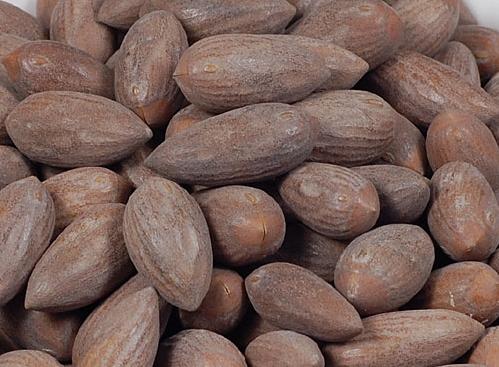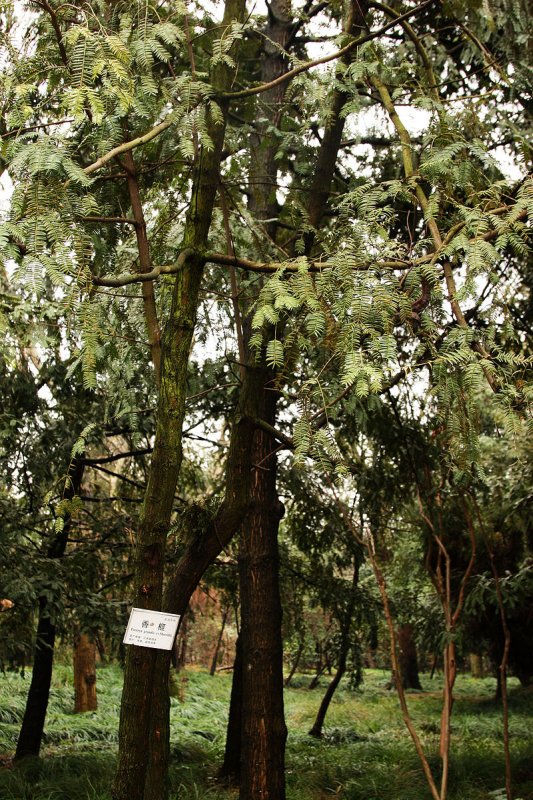
榧子 Fěi zi Seed
FUNCTIONS
GROUP: Anthelmintics
1. Anthelmintic.[2,3] Kills worms.[1]
2. Eliminate accumulations. Laxative.[1] Eliminates marasmus caused stoppages.[1]
INDICATIONS
1. Ascariasis and taeniasis. Abdominal pain due to intestinal worms.[1] Malnutrition in children, abdominal pain due to parasites.
2. Constipation due to dryness of intestine. Constipation associated with hemorrhoids.[1]
PREPARATIONS: Decoction: Dry ripe Seed 9-15 g.[1,2] or 10-20 seeds.[1]
For parasitic infestation; 15-30 g (fried) for chewing, or prepared as pill or powder.[3]
For constipation: Fresh sample prepared as powder.[3]

 Torreya
grandis. T. nuciferae.
Torrya
Family: Taxaceae
Torreya
grandis. T. nuciferae.
Torrya
Family: Taxaceae